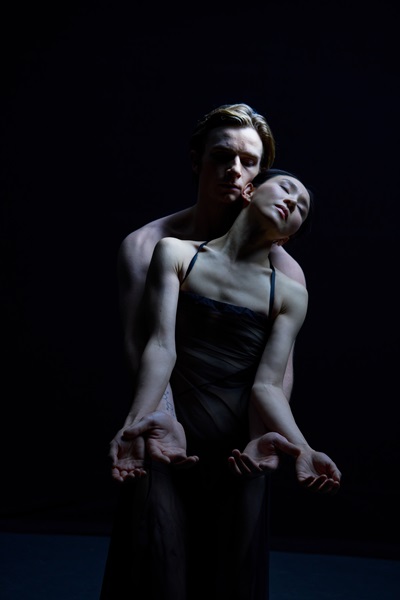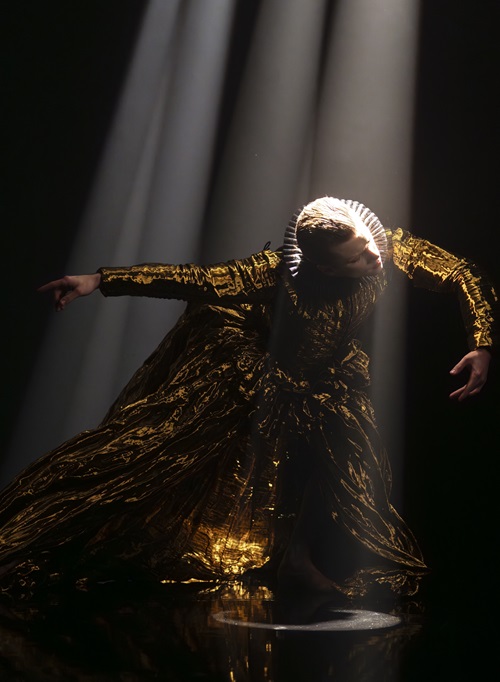At the Segerstrom Center for the Arts, ABT’s new production of Woolf Works reimagines the classic works of Virginia Woolf through movement and the body’s expression of emotion.
By John Lavitt
Costa Mesa, CA (The Hollywood Times) 04-15-2023
Led by artistic director Susan Jaffe, the American Ballet Theatre delivered a bold reimagining of the classic works of 20th-century British author Virginia Woolf at the Segerstrom Center for the Arts in Costa Mesa. With concept, direction, and choreography by Wayne McGregor and music by Max Richter, the exciting triptych of ballets was first commissioned and performed by The Royal Ballet at the Royal Opera House in London on May 11, 2015. Hence, the recreation of this literary excursion into the work of a renowned author is a gift for Southern California.
Although Virginia Woolf (1882-1941) is known as a stream-of-consciousness writer, her work flourishes within the emotional whirlwind where the heart meets the mind. Given such outright expression, the work proves to be readily accessible in the context of movement. By allowing the dancers to express a panoply of emotions through movement, Wayne McGregor gives new life to classic pieces of literature. Indeed, taking on Mrs. Dalloway, Orlando, and The Waves, the performance allowed the tone of the individual works to inform each segment.

In the opening, Mrs. Dalloway proves to be a wrenching emotional tug-of-war between the anxiety of society women and the post-traumatic stress of soldiers returning from war. Strangely enough, delving into the worries and the fears, Virginia Woolf discovers a commonality. Such identification is expressed in the desperation of the dancers. The men and women long to connect and find healing, but their anxieties will not allow them to trust in the process. Ultimately, they are doomed to be alone because they cannot imagine anything different.
The most narrative piece of the night was Orlando, which centers around the 300-year-long journey of the elusive title character who never grows old and often changes sex. By having male and female dancers switch back and forth between representations of the protagonist, the sexual mutability of the work stands out firmly in the storytelling. Indeed, in a time when pronouns are changing daily, and gender fluidity is expected, the presentation of such a work felt right on target. Ultimately, Orlando represents a butterfly spreading wings, a unique creation of the character’s evolution.

In the end, the show’s closing out was the night’s triumph. Taking on the heaviness of the waves by beginning the piece with an excerpt from Virginia Woolf’s suicide note, the elegiac work represents the challenges of aging from childhood to old age. Although the waves of the ocean always flow in and out, pounding the gentle shore, there is no emotion in the actions of the water. Instead, the water represents both decay and renewal. Even as Virginia Woolf sank deeper into madness, she held onto the hope that a return to love would happen one day. If not in this world, which often proved unforgiving, maybe in the next.
Photos by Asya Verzhbinsky, Fabrizio Ferri, and Emma Zordan are Courtesy of ABT





